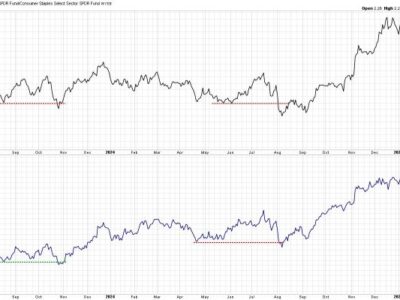
I have written often about the so‐called Iron Law of Prohibition: “The harder the law enforcement, the harder the drug.” Prohibition incentivizes purveyors of the prohibited substance to develop more potent forms that can be smuggled more easily in smaller packages and subdivided into more units to sell. As I explained to members of the House Judiciary Subcommittee on Crime and Government Surveillance in March, doubling down on law enforcement was largely responsible for fentanyl replacing heroin as the dominant black market opioid, and will only serve to fuel the development of more potent drugs to replace fentanyl—as we are already seeing with the advent of tranq. Now researchers report in the American Journal of Public Health that those law enforcement crackdowns can also fuel a rise in overdose deaths.
In this retrospective population‐based cohort study, researchers looked at data from Marion County, Indiana from January 1, 2020 to December 31, 2021 to see if there were changes in the number and type of overdose deaths in areas where that corresponded to increases in drug seizures by law enforcement. The results:
Within 7, 14, and 21 days, opioid‐related law enforcement drug seizures were significantly associated with increased spatiotemporal clustering of overdoses within radii of 100, 250, and 500 meters. For example, the observed number of fatal overdoses was two‐fold higher than expected under the null distribution within 7 days and 500 meters following opioid‐related seizures. To a lesser extent, stimulant‐related drug seizures were associated with increased spatiotemporal clustering overdose.
The researchers concluded, “Supply‐side enforcement interventions and drug policies should be further explored to determine whether they exacerbate an ongoing overdose epidemic and negatively affect the nation’s life expectancy.”
One possible explanation is that drug users in the areas where the drug busts occurred were forced to obtain their drugs from alternative, less reliable sources with whom they have no prior relationship. They were unable to be as confident about the dose or purity of those drugs. Furthermore, the drug seizures might have created temporary supply chain problems for dealers, causing them to improvise and adjust the recipes and doses of the drugs they sell. Both of these reasons can explain a bump in overdoses after drug busts.
It has always been obvious that enforcing prohibition fuels the development of more potent and dangerous drugs and this indirectly increases drug overdose deaths. This new study provides evidence that enforcing prohibition increases overdose deaths more directly.








